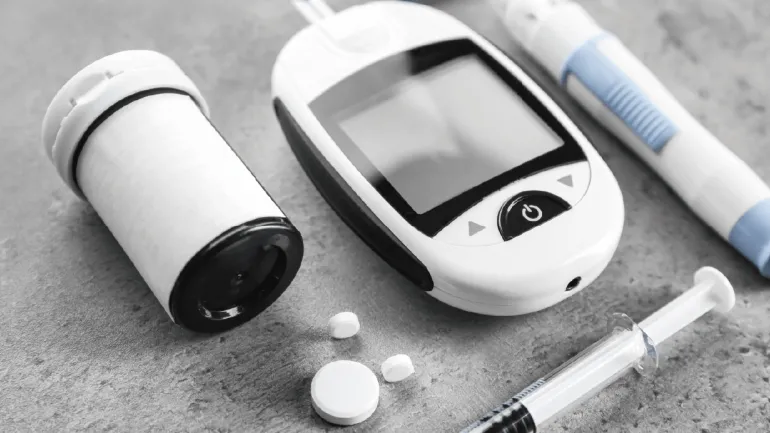Did you know that 1 in 11 adults have diabetes and that 1 in 2 people who have it do not know?
These data, thrown by the International Diabetes Federation, demonstrate that it is currently constituted as an epidemic worldwide.
Related to overweight, obesity and physical inactivity, this chronic disease occurs when the pancreas is unable to produce insulin or when it is not possible for the body to use effectively the one it produces.
Insulin is a hormone generated by the pancreas that allows the glucose of the food we consume can enter the cells with the aim of producing energy.
In people who have diabetes, not producing insulin or not using it effectively, determines high blood glucose levels, which is called hyperglycemia and that, in the long term, can cause damage to various organs and tissues of thebody.
When a diabetes treatment begins, it is soughtLoss of lower limbs.
While not all patients have the same objective in their treatment, which is why it will always be individualized, a healthy and balanced eating, periodic physical activity and the correct use of medication are basic pillars to achieve control of thedisease.
According to the type of diabetes, it will be the indicated treatment.Type 1 and type 2 diabetes are the most usual.The first represents between 5 and 10 percent of cases and occurs because the immune system itself attacks the pancreas, destroying the cells that produce insulin.While it may appear at any age, it is more frequent in children and adolescents.In the case of type 2 diabetes, associated with overweight and obesity, it represents between 90 and 95 percent of cases, mainly in adults with a family history of this disease.This type of diabetes is produced by insufficient insulin production together with an inappropriate use of it.
What patients can be treated with pills and which with insulin?
Patients with type 2 diabetes can be treated with pills.Anyway, since it is a "progressive disease", it is possible that throughout the treatment of drug combinations and even insulin to control glucose levels.In special situations, patients with this type diabetes may need insulin in a transitory way, for example, during pregnancy or in hospitalization.Insulin, then, can be used at any time of the disease temporarily or definitively depending on the need of each patient.On some occasions it can be the first treatment option, mainly in patients with symptoms at the time of the start of the disease.
However, the fact that a patient requires insulin in a transitory or permanent way does not necessarily imply a worsening of his illness, but insulin represents the best treatment option at that time.
There are 4 main groups of oral drugs that can be used for the treatment of type 2 diabetes, whether they are alone, combined or jointly with insulin:
- Drugs that increase insulin production.
- "insulinosensitizers" drugs that improve tissue insulin sensitivity.
- Drugs that favor urine glucose output.
- Drugs that delay the intestinal absorption of carbohydrates.
For their part, patients with type 1 diabetes needInsulin from the beginning of treatment and for life, since your body fails to produce it.Currently, there are various types of insulins with different times of action and half -life (time that insulin remains active within the organism), which can be used alone or combined to reach the desired glycemic levels: ultra -grape, fast (regular or current or current insulin), intermediate, prolonged or biphasic.
Insulin can only be administered subcutaneously, that is, through an injection, using the devices created for this purpose, prior hand hygiene and the site of application.
How to know if the medication is controlling my diabetes correctly?
One way to know is to perform periodic glycemic controls.The usual way to do so is through the use of glucometers that measure hair glycemia, but there are other alternatives such as glycosylated hemoglobin (HBA1C), blood analysis that estimates the glycemic values of the last 2 or 3 months.Recommended HBA1C levels are values less than 7 percent.
In recent years, various and modern devices for diabetes control have been developed.Among them, continuous glycemia monitors stand out, which reduce the need for punctures for glucose measurement, and insulin pumps, devices that allow insulin infusion through catheters according to the patient's daily requirements.
For disease control, it is essential to maintain a balanced diet, practice physical activity, use medication appropriately according to the specialist's instructions, periodically control blood glucose levels and perform regular controls with the diabetologist doctor.


